What is Traditional Craft?
Editor's Column “The Path of Japanese Crafts” Part2: Modern Society and Kogei VOL.3

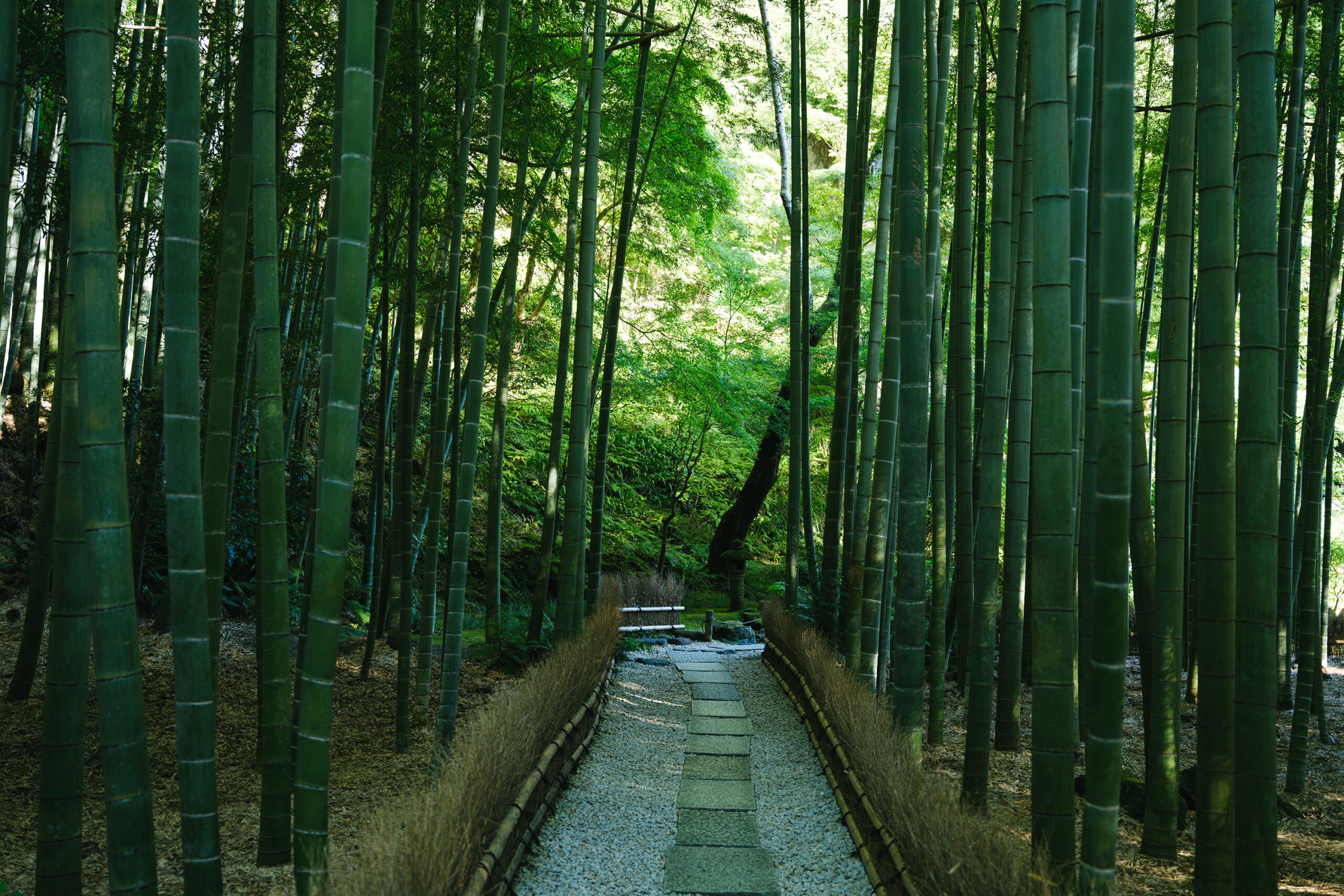
VOL.1-3
Update
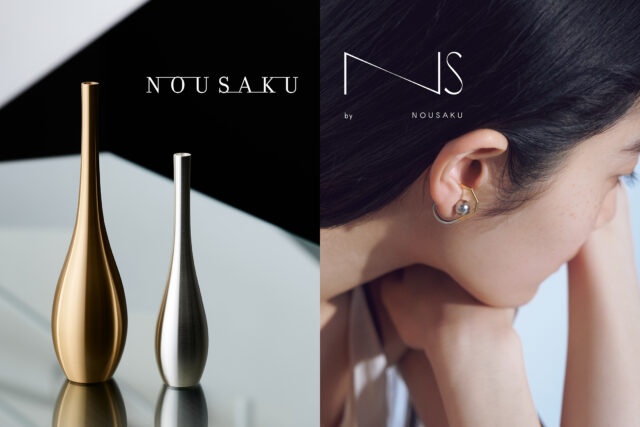
VOL.1-20
Update
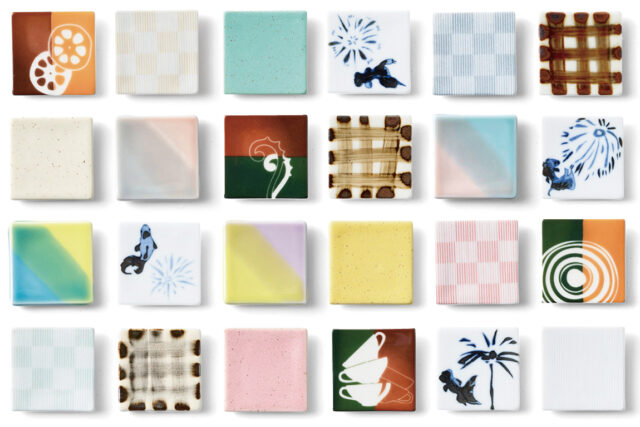
VOL.1-19
Update
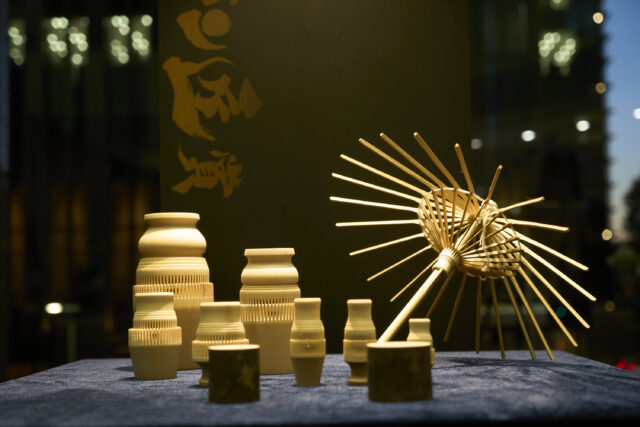
VOL.1-27
Update

VOL.1-4
Update
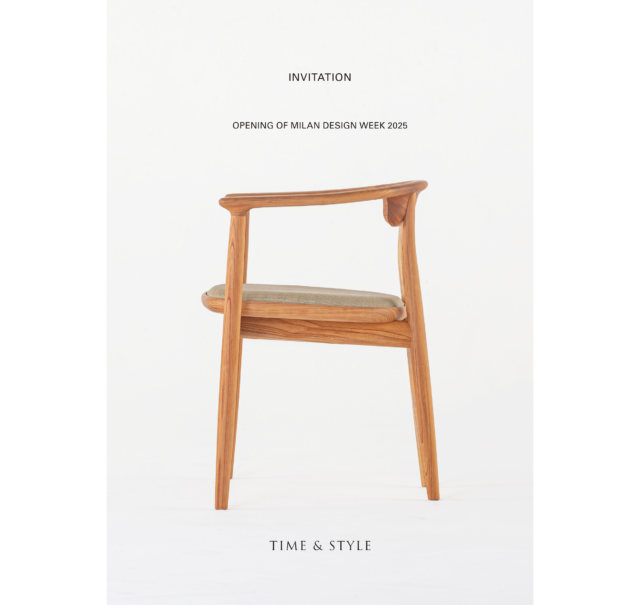
VOL.1-43
Update
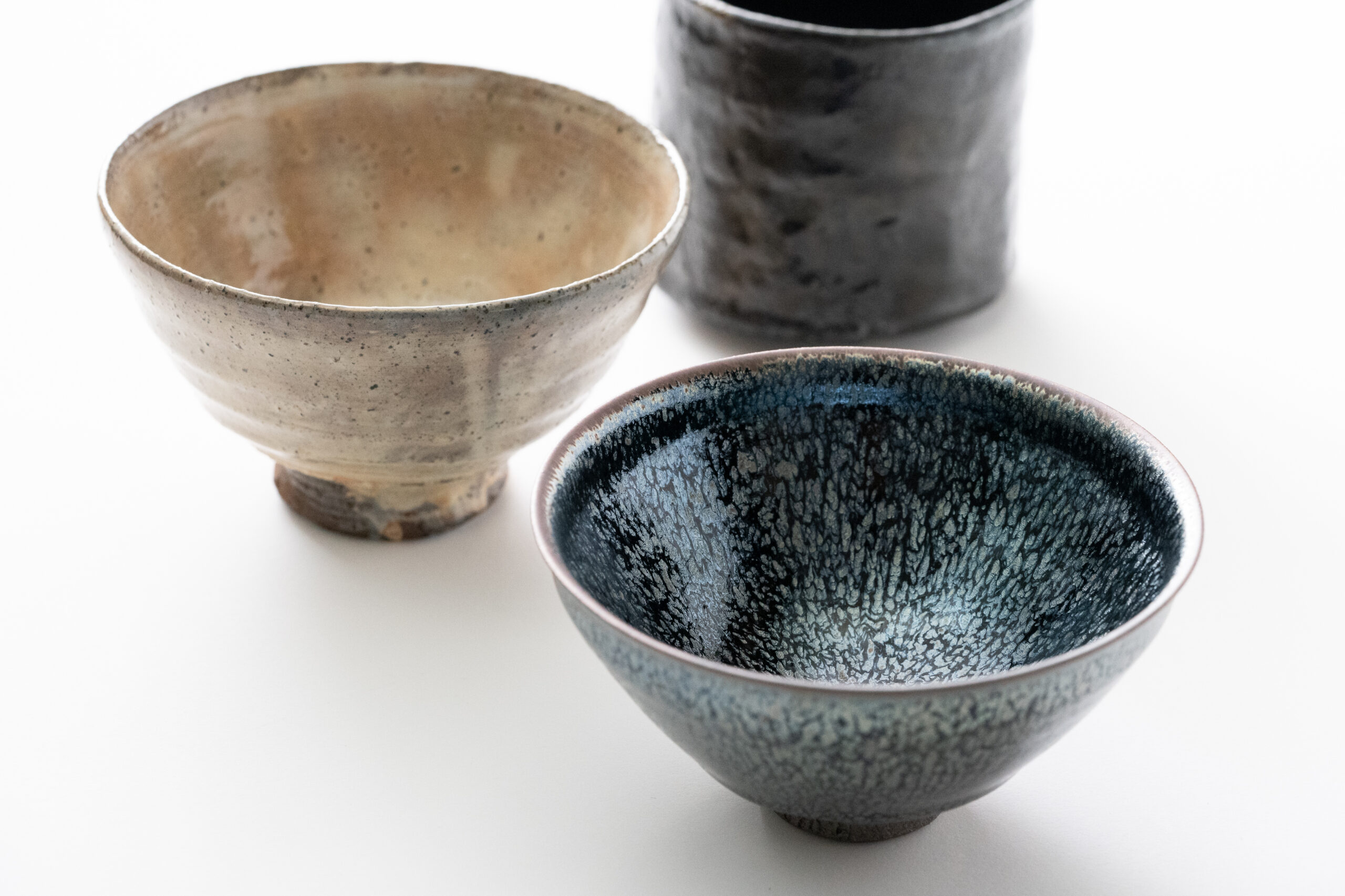
VOL.1-3
Update
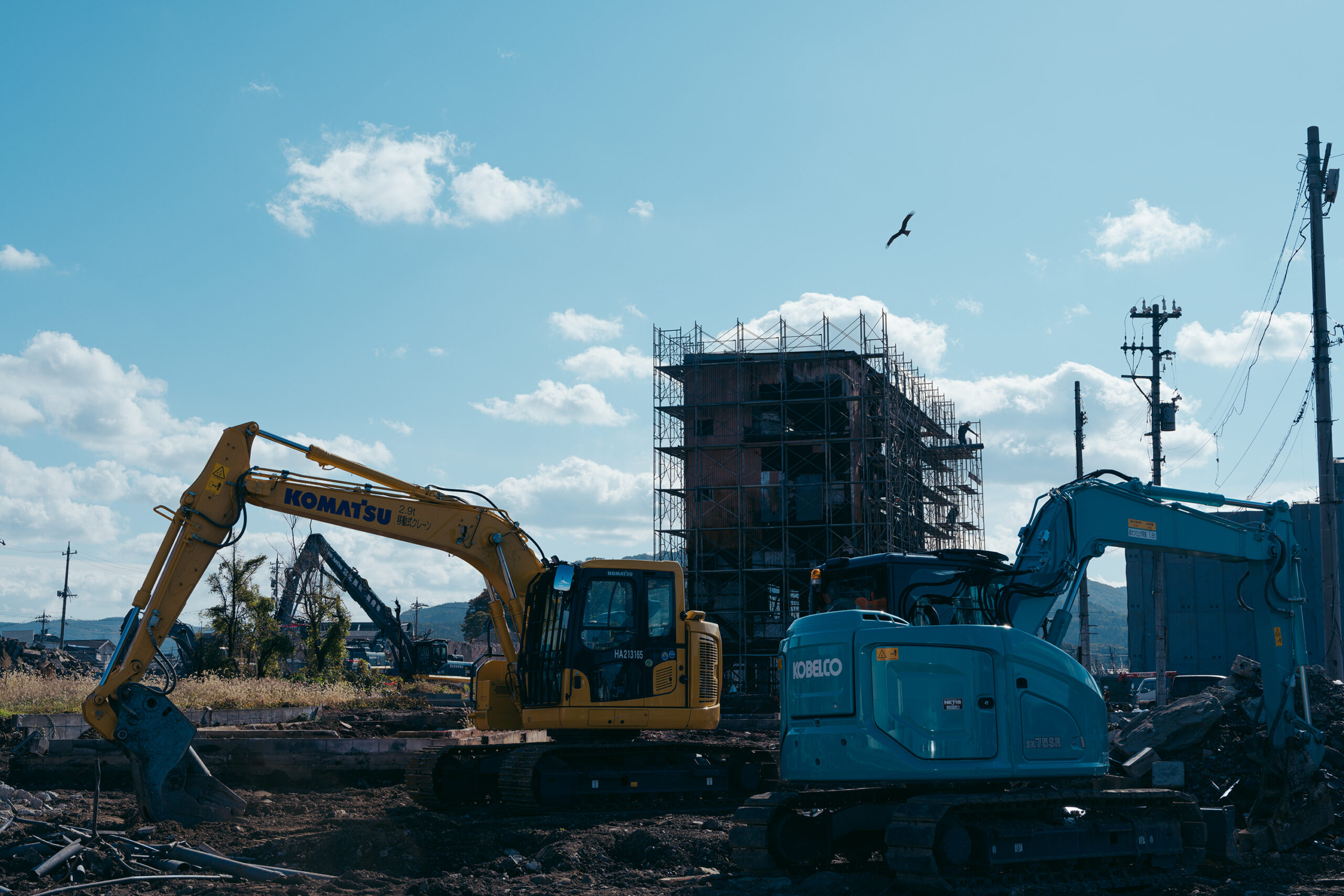
VOL.1
Update
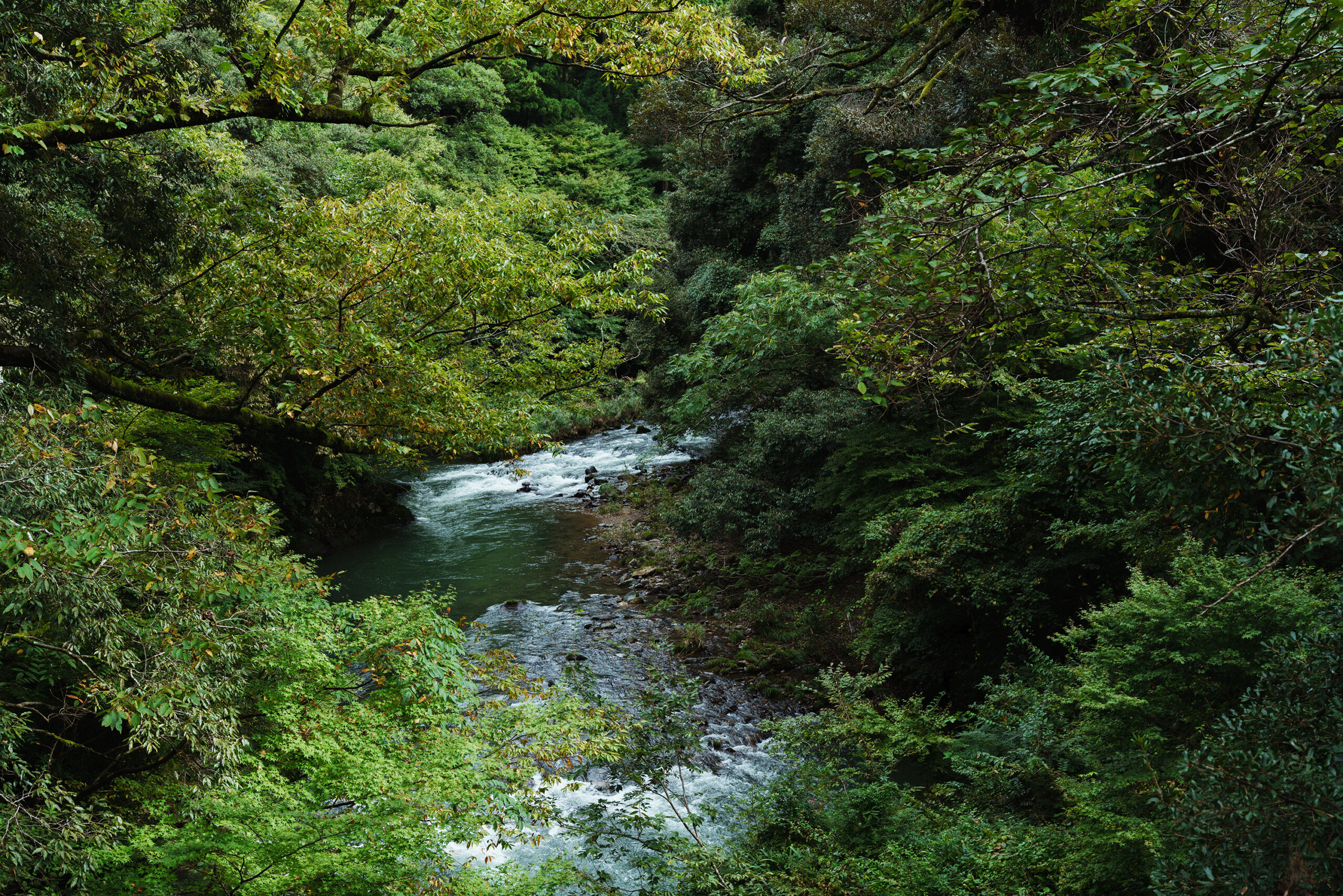
VOL.1-7
Update
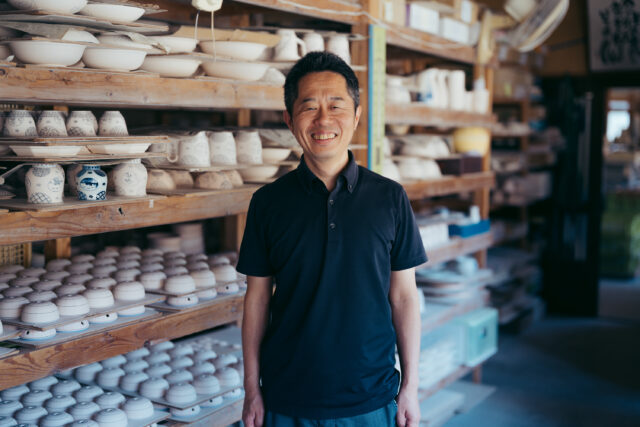
VOL.1-32
Update
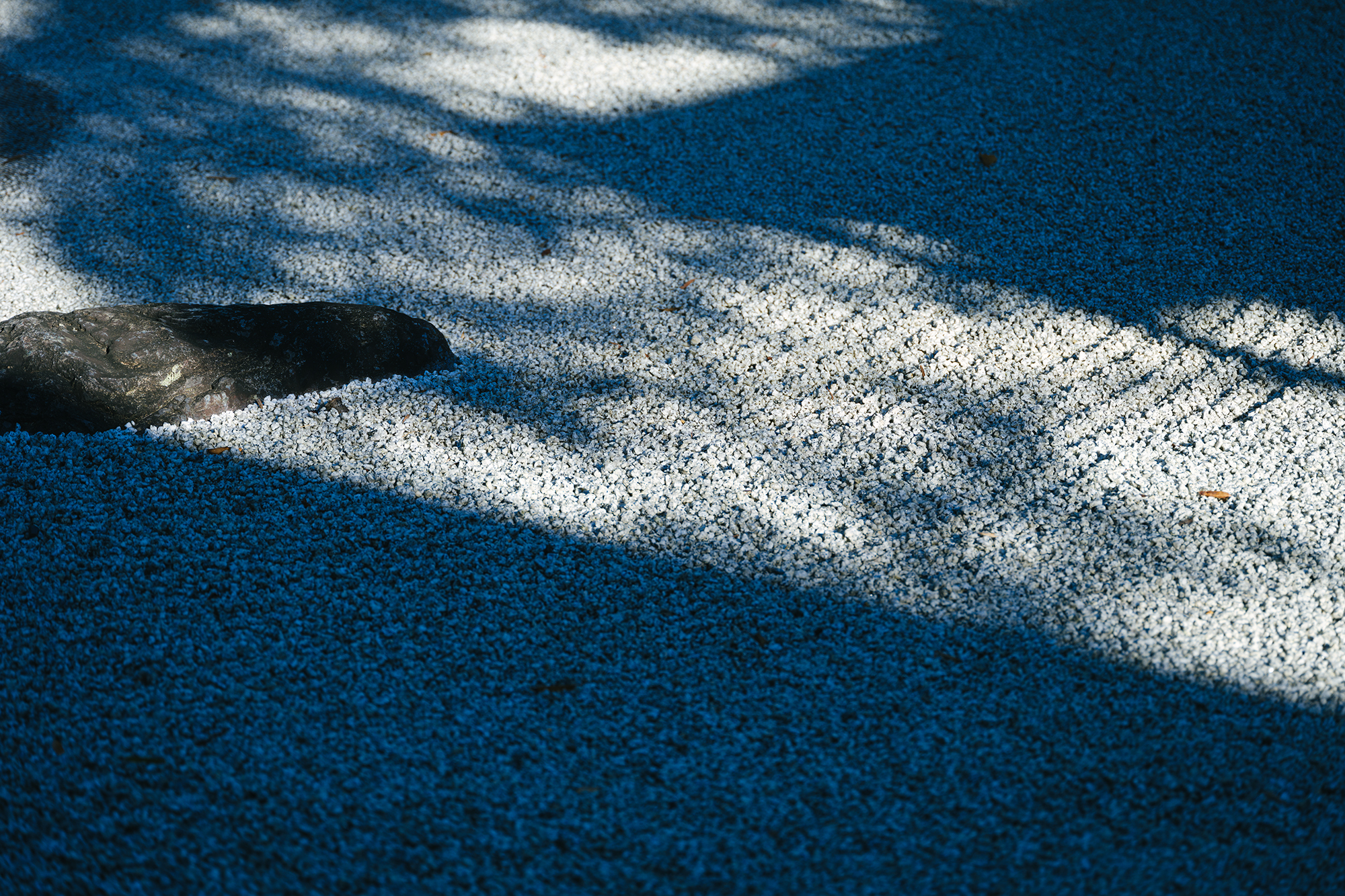
VOL.1-12
Update
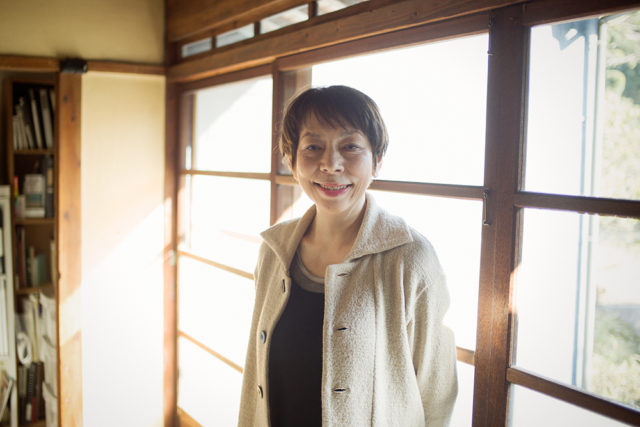
VOL.1
Update
We share a variety of information and perspectives on Japanese crafts, including exhibition information and interviews.
Editor's Column “The Path of Japanese Crafts” Part2: Modern Society and Kogei VOL.3
KOGEI Topics VOL.20
New Products VOL.19
Exhibition • Event Report VOL.27 AD
Jul 16 – Jul 21, 2025
Kyoto Takashimaya
Miyagi
Jul 18 – Jul 24, 2025
Kanegendo
Jul 19 – Jul 27, 2025
TOBETOBEKUSA
Jul 19 – Jul 27, 2025
Bunkindo

Kakunodate in Akita Prefecture is a historic town that prospered as a castle town during the Edo period (1603 – 1868). Kaba-zaiku, a woodcraft made from the bark of mountain cherry trees, took root as a regional specialty in Kakunodate at the end of the 18th century after it became popular as a household industry for samurai warriors, where it has continued to thrive to this day.
This tea caddy, which looks like a tree trunk, is made of thinly shaved cherry bark that retains a natural, knotty texture called shimofurikawa for the outer casing, and cherry bark that has been repeatedly polished to a glossy lustrous finish for the interior. This is a luxurious gem that allows you to appreciate the profound beauty of cherry trees every time you open the exquisitely crafted lid, which fits effortlessly into place.